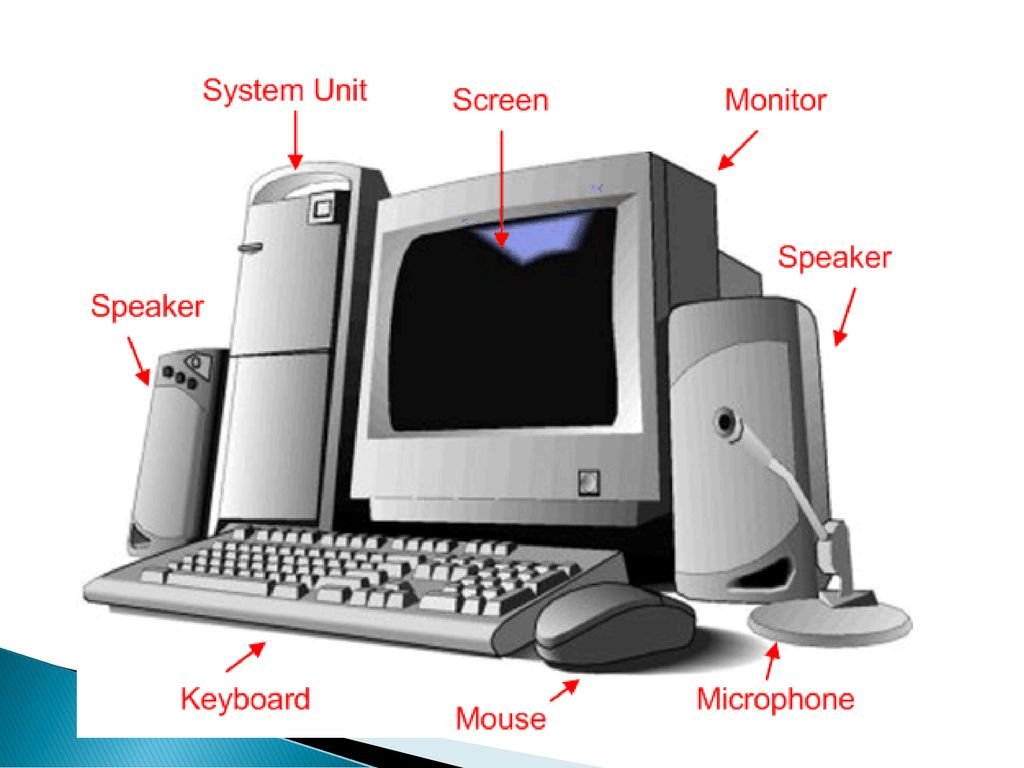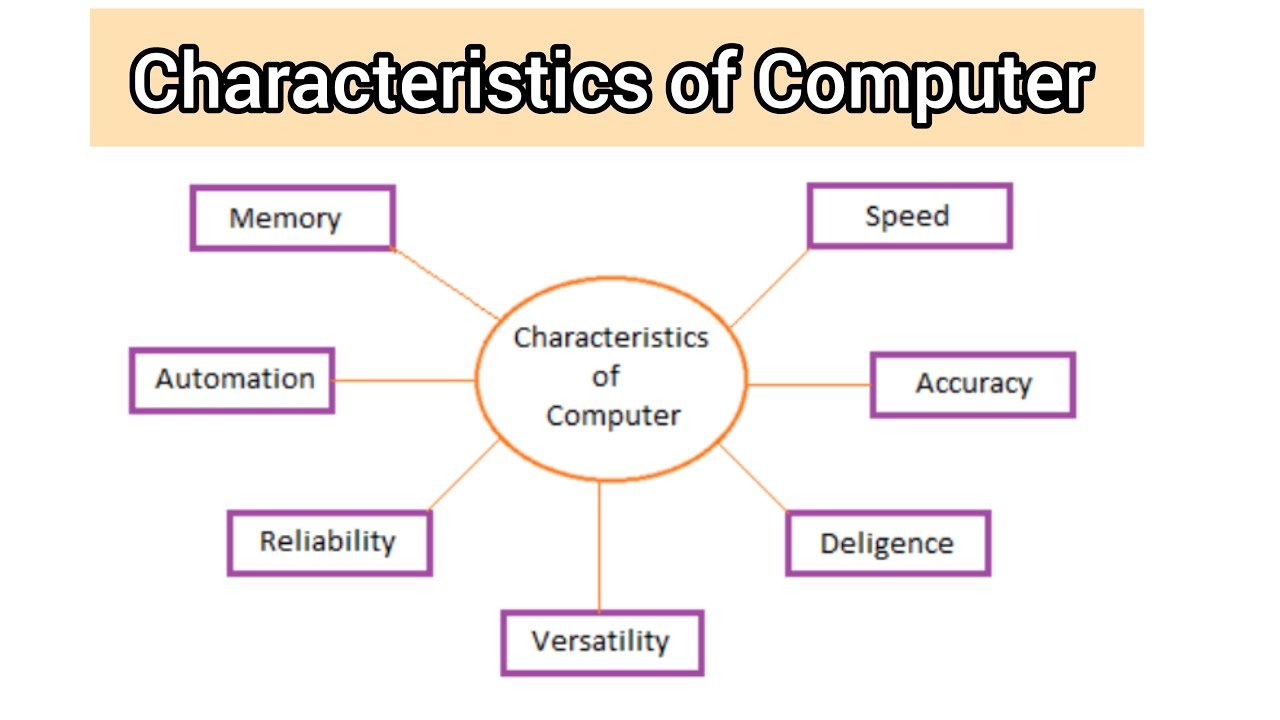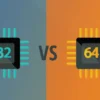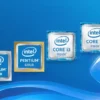
For a computer system and characteristics of computer memory, main memory is just as important as the CPU chip. Large, quick memory and a quick CPU are two features of fast computers. A summary of various features of computer memory may be found here. Certain traits apply to both types of memory, while others are specific to only one.
Characteristics of computer memory
When we talk about the characteristics of computer memory, we should know that it is the electronic holding place for the instructions and data a computer needs to reach quickly. Data is stored there for easy access.
One of a computer’s essential features is memory; without it, the machine could not operate as intended. A computer’s operating system, hardware, and software all utilize memory.
Computer memory comes in two varieties: main and secondary.
Random access memory (RAM) is a specific type of primary memory, however, the term “memory” can also apply to primary memory in general.
This kind of memory is found on microchips that are near the CPU of a computer. If the CPU could only read data from a secondary storage medium, computers would become noticeably slower. The more memory (primary memory) a computer has, the less often it needs to retrieve data and instructions from slower (secondary) storage mediums.
How does computer memory work?

Characteristics of computer memory
About Characteristics of computer memory, when a program is open, it is loaded from secondary memory to primary memory. A program being copied from a solid-state drive (SSD) to RAM is an example of this because there are several types of memory and storage.
The opened software will be able to interface with the computer’s CPU at higher rates since the main storage is accessed more quickly. From temporary memory slots or other storage places, the main memory may be accessed right away.
Since memory is volatile, information is only kept there momentarily. Data kept in volatile memory on a computing device will be immediately erased upon shutdown. When a file is saved, it is moved to secondary memory for storage.
A computer can have access to several types of memory. Depending on the kind of main memory being utilized, it will function differently, although semiconductor-based memory is typically thought of concerning memory. Integrated circuits utilizing silicon-based metal-oxide-semiconductor (MOS) transistors will include semiconductor memory.
Characteristics of Computer Memory & Types
Data, instructions needed to process the data, and output results are all stored in the computer’s memory. It may be necessary to store anything for a short while, right away, or for a long time. A computer can employ a variety of computer memory types, each with special capabilities of its own.
Primary memory, which includes registers, cache memory, and RAM, are fast memories that temporarily store data and instructions while they are being processed.
Although secondary memory devices, such as magnetic and optical disks, are sluggish memory devices, they have vast storage capacity and permanently retain data and instructions.
Fundamental memory and secondary memory are the two fundamental categories of computer memory in terms of data access methods:
Principal memory
One of a computer system’s most important components is primary memory. Before processing, the program and data are placed into the main memory. To read from or write to the primary memory, the CPU works directly with it.
Fast memories like RAM, registers, and cache memory briefly store data and instructions while they are being processed.
Primary Memory Types:
- Random Access Memory, or RAM
- Read-only memory, or ROM
- Registers for CPUs
- Memory Cache
Secondary Recollection
Primary memory is either volatile (RAM) or read-only (ROM) and has a finite amount of storage space. Therefore, in order to store data or instructions for later use permanently, a computer system needs auxiliary or secondary memory.
Compared to primary memory, secondary memory is more capacious and non-volatile. It is slower and cheaper than the main memory. However, the CPU is unable to directly access it. For the CPU to access data from secondary storage, it must first be moved into main memory.
Secondary memory types are divided into two groups:
- Devices for Magnetic Storage
- Electronic Storage Devices (flash memory)
Features of Memory Capable Units
Location: Using certain technologies, the memory can be internally or externally stored.
Internal and external devices are two types of memory devices: main and secondary.
The capacity of a gadget refers to the quantity of data it can hold. Both internal and external devices have different options. A byte (1 byte = 8 bits, where a bit might be 0 or 1) is used to quantify it.
The term “access method” refers to the process of looking through storage devices. Four categories exist for it:
- Direct Access Method or Direct Access Memory.
- Sequential Access Method or Sequential Access Memory.
- Referred to as Random Access Memory or Random Access Method.
- Associative Access Method or Associative access memory.
Unit of Transfer: Internal and external devices use different measures of data. It is quantified in internal devices as the quantity of electrical impulses entering and leaving the device. It refers to the quantity of bits that are transported into and out of external devices.
Performance: A memory system’s performance is its most crucial component. Any memory device’s performance is determined by the speed at which information is transported, the processing time of the device, and the access time.
Frequently Asked Questions about the Characteristics of computer memory

Characteristics of computer memory
What is secondary and main memory?
Primary memory is also termed internal memory whereas Secondary memory is also known as Backup memory or Auxiliary memory. Whereas the CPU cannot directly access data from secondary memory, it may directly access data from primary memory.
How does primary and secondary memory vary from one another?
Whereas the secondary memory is non-volatile, the primary memory is volatile. Semiconductor memories are the primary kind, whereas magnetic and optical memories are the minor types. Primary memory has a quicker rate of data access than secondary memory.
Is ROM or RAM the primary memory?
The major volatile memory is called Random Access Memory (RAM), and the principal non-volatile memory is called Read Only Memory (ROM). It is sometimes referred to as the primary memory, read-write memory, or the main memory.




